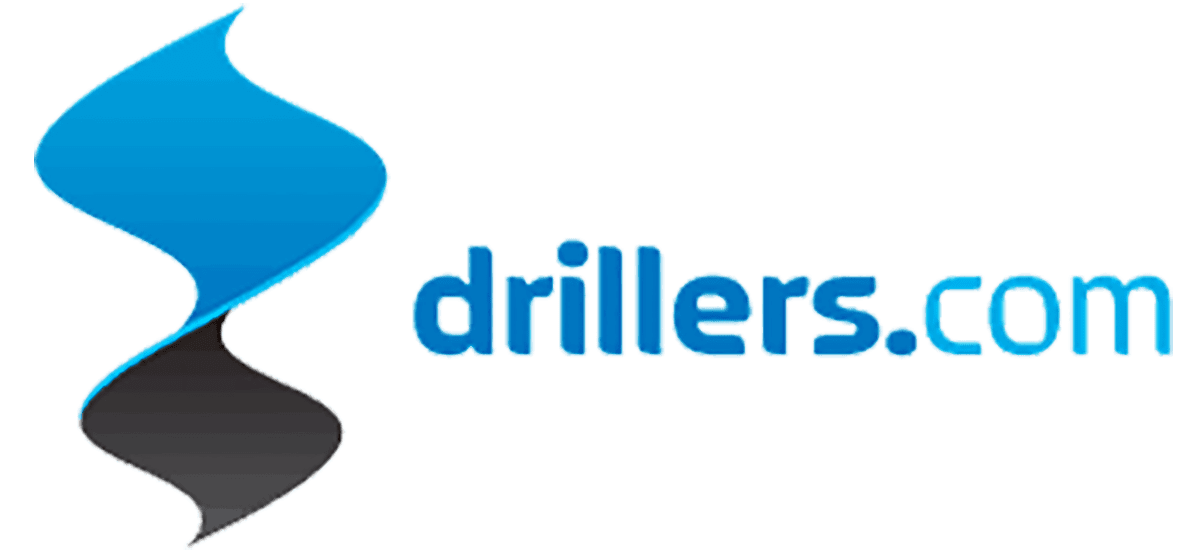Duration
5 Days
Objectives
Oil and gas leaving the wellhead must be treated prior to transportation or export to consuming or refining facilities. The main objectives of this treatment are to adjust the fluid pressure, remove impurities that can cause corrosion and/or erosion of downstream pipelines and equipment, and eliminate impurities that could reduce the sale price of the fluid.
When the gas/oil ratio is high in crude oil, gas is separated from oil to enable accurate metering and prevent fluctuating two-phase flow. The surface treatment of oil and gas is known as “Upstream Processing,” and the equipment used is referred to as “Upstream Equipment” or “Surface Equipment.”
This course will define the main characteristics of produced crude oil and produced gas, and illustrate the basis for selecting upstream processes for oil and gas treatment. Typical process flow diagrams (PFDs) and key features of piping and instrumentation diagrams (P&IDs) will be discussed. Upstream equipment used in each treatment stage will be described, and the selection criteria will be outlined. Calculations and sizing of essential equipment will also be presented.
Course Content
First Day: Crude Oil Upstream Processing
- Properties and Characteristics of Crude Oil
- Crude oil constituents and hydrocarbon spectrum
- Crude oil assays, specifications, and common tests
- Key properties: specific gravity, pour point, vapour pressure, water and sediment content
- Oil Production Facility
- Objectives and types
- Constituents: test, production, second stage and third stage separators, desalter
- Basic configuration
- Process Selection
- Generation of PFD
- Evolving a representative P&ID
- Metering of Crude Oil
- Lease Automatic Custody Transfer (LACT)
- Positive displacement meters
- Turbine or propeller type meters
- Ultrasonic meters
- Electromagnetic meters
Second Day: Gas Upstream Handling
- Properties and Characteristics of Natural Gas (NG)
- Natural gas constituents and hydrocarbon spectrum
- Natural gas composition, analysis methods, and sampling
- Key properties: heating value, sulfur, and water content
- Phase behaviour of natural gas
- Water-hydrocarbon phase behaviour
- Natural Gas Handling Facility
- Objectives
- Constituents: heat exchangers, scrubbers, compressors, gas treatment, flaring
- Basic processing schemes
- Prevention of hydrate formation
- Process Selection
- Generation of PFD
- Evolving a representative P&ID
Third Day: Morning Session – Additional Gas Processing
- Gas sweetening
- Gas dehydration
- Natural gas compression
- Metering of natural gas
Third Day: Afternoon Session – Treatment of Produced Water
- Objectives of treatment and required water properties
- Methods of treatment and their applications
- Typical PFDs of the treatment process
- Comparison of different methods and equipment
Fourth Day: Essential Equipment and Their Features
- Choke valves
- Phase separators
- Knock-out drums
- Dehydrators and desalters
- Crude stabilization and sweetening equipment
- Pressure relief and flaring systems
Fifth Day: Sizing of Main Equipment
- Relief valves
- Two-phase separators
- Three-phase separators
- Knock-out drums
- Sizing considerations for crude dehydrators and desalters

